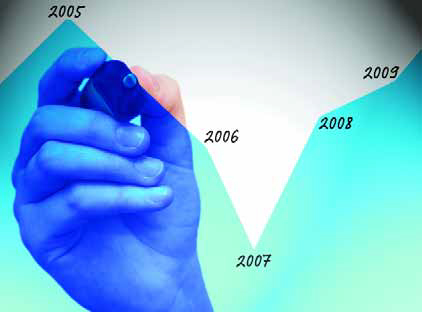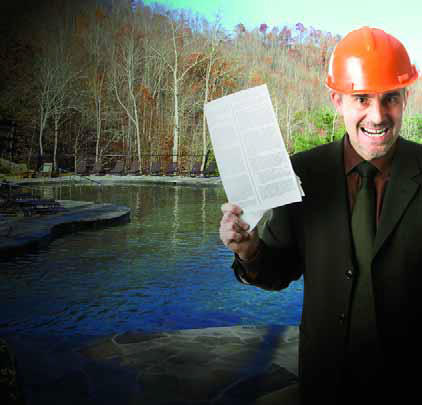Aqua Culture
All of us who started our own businesses decided at some point what our companies would be: We chose a focus, set guiding philosophies, developed credos, defined a company culture, settled into a working style and pursued success. One of the most important calls each of us made along the way had to do with how large or small our organizations would be. In fact, this decision has a lot to say about how any business runs and appears to the outside world: It influences the volume of business that can be accommodated, dictates management style, narrows or broadens the organizational structure and ultimately
All of us who started our own businesses decided at some point what our companies would be: We chose a focus, set guiding philosophies, developed credos, defined a company culture, settled into a working style and pursued success. One of the most important calls each of us made along the way had to do with how large or small our organizations would be. In fact, this decision has a lot to say about how any business runs and appears to the outside world: It influences the volume of business that can be accommodated, dictates management style, narrows or broadens the organizational structure and ultimately
If you've ever designed or installed commercial swimming pools in the United States, it's likely you're well acquainted with just how strange certain health department standards (and the officials who enforce them) can be. I've discussed this topic before, of course, but it's come back to mind in powerful ways in light of a couple recent experiences I've had - incidents that illustrate the issue to near-comedic perfection. Before I climb into these oddball scenarios, let me observe first of all that, in most cases, commercial codes are based on methods rather than results - and never the twain shall meet. Second, it's my observation that the restrictions we face in our country are, as a rule, far more
One of the fascinating things about working with the different types of clients we encounter as watershapers is that we can never really know what to expect. If my years of experience have taught me anything, it's that perception is often very different from reality. Instead, what I find is that the basic assumptions we might be inclined to make about different "categories" of clients are, often as not, completely confounded by the uniqueness of every situation. As a result, working effectively across a range of project types and client economic levels means being able to withhold judgment or at the very least avoid
One of the fascinating things about working with the different types of clients we encounter as watershapers is that we can never really know what to expect. If my years of experience have taught me anything, it's that perception is often very different from reality. Instead, what I find is that the basic assumptions we might be inclined to make about different "categories" of clients are, often as not, completely confounded by the uniqueness of every situation. As a result, working effectively across a range of project types and client economic levels means being able to withhold judgment or at the very least avoid
We knew it had to happen. After several years of superheated growth, some sectors of the watershaping market are now slowing down - in some areas, dramatically so. In my travels and through dozens of conversations with watershapers and their suppliers during the past several months, I've been hearing consistently that the volume-oriented, price-driven end of the market has been hit particularly hard - off somewhere between 30 and 60 percent in some areas. That's a big number no matter which end of the spectrum is closer to the truth. It represents an enormous change from the extreme demand that most all of us were experiencing just a year ago. So now, a great many firms that were
We knew it had to happen. After several years of superheated growth, some sectors of the watershaping market are now slowing down - in some areas, dramatically so. In my travels and through dozens of conversations with watershapers and their suppliers during the past several months, I've been hearing consistently that the volume-oriented, price-driven end of the market has been hit particularly hard - off somewhere between 30 and 60 percent in some areas. That's a big number no matter which end of the spectrum is closer to the truth. It represents an enormous change from the extreme demand that most all of us were experiencing just a year ago. So now, a great many firms that were


















Life’s Absurdities